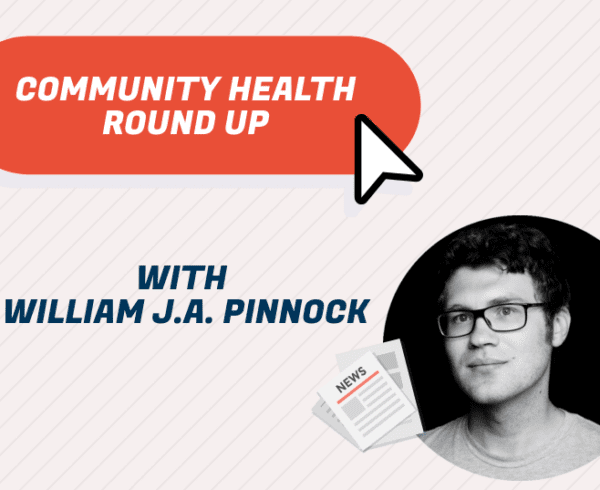Hello all and welcome to another installment of Community Health Round Up! This week I decided to post a day early because I lassoed so many articles I was ecstatic about, I knew I needed to get them out as soon as possible (or ASAP as some might say). So what did I find? Well question asker, I found articles about the use of social determinants of health tools in electronic health records, an account from a physician in Puerto Rico about the aftermath of Hurricane Maria, initiatives to improve rural health, two articles about steps taken to address the opioid epidemic, and finally an article about the change in blood pressure guidelines.
How do you address health issues outside of the clinic? How do we identify needs and create more upstream interventions to improve a patient’s health and well being? In an attempt to answer these questions, researchers at OCHIN, Inc. created and pilot tested a new EHR tool that helped identify social determinants of health and offered resources to help address those needs. Read about the tool and how OCHIN is working to address social determinants of health here.
“When the winds eased and it was safe to go outside, what I saw was utter destruction: shattered houses, tangles of fallen trees and electrical lines, rivers pouring over their banks, landslides, blocked roads, and more. The region, characterized by the greenery of its mountains, was now mostly brown. There was absolutely no communication with other parts of Puerto Rico or the outside world. We were in the dark.” This gut-wrenching scene, as described by Jose Rodriguez, MD, is the aftermath of Hurricane Maria on Puerto Rico. In the middle of this devastation was Castañer General Hospital, which served as a beacon of light in rural Puerto Rico for those in need. I highly recommend reading this piece to see the bravery and dedication hospital staff have in the face of catastrophic events..
It’s Rural Health Week and here are some stark facts from the CDC on the state of rural health: “there are higher rates of smoking, high blood pressure, and obesity among rural Americans, as well as poverty rates and access to health care.” To help combat the health disparities that occur in rural areas, researchers at Iowa State are leading initiatives to improve the health of those living in rural areas. Read about how Iowa State researchers are working to change rural health.
The opioid epidemic is a many-headed hydra of causes and effects and Boston Medical Center is taking on the Herculean feat of combating it. How will they do this? Well, one of their solutions was recently published in the Journal of Substance Abuse Treatment and it is really exciting what they are doing. Read more about BMC’s efforts here.
Boston Medical Center isn’t the only institution that is working on creating solutions for the opioid epidemic. Loma Linda University recently held a public forum to discuss steps they are taking to help curb the opioid epidemic. Read about the forum here.
Finally, let’s end today with a controversial piece of news recently released: new blood pressure guidelines. If you want to know what the new guidelines are and why it has become a controversial issue, the New York Times wrote a two insightful pieces about the change. Read about the guidelines here. Read an opinion to the change here.
About the Author
William Jacob Amadeus Pinnock is a Research Coordinator at OCHIN where he assists with the creation, execution, and dissemination of research projects. He graduated with an MS in Communication from Portland State University where he focused on health communication, rural mass media, and qualitative research methods. He has experience working in commercial health insurance, healthcare research, and radio broadcasting. In his spare time, he is an Adjunct Instructor at Portland State University helping students master the art of public speaking.






